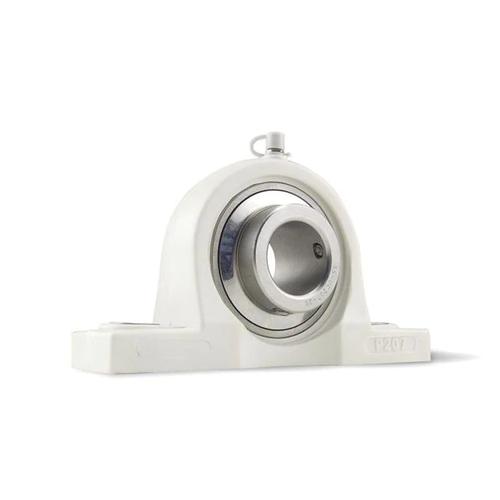Ultimate Guide to Industrial Roller Bearings: Types, Applications, and Maintenance Tips
Industrial roller bearings are critical components in machinery, designed to reduce friction and support radial or axial loads. They are widely used in manufacturing, automotive, and construction industries due to their durability and ability to handle heavy-duty operations. This article explores their types, applications, and best practices for optimal performance.
1. types of industrial roller bearings2. industrial roller bearings maintenance
3. how to choose industrial roller bearings
4. industrial roller bearings applications
5. industrial roller bearings vs ball bearings
1. Types of Industrial Roller Bearings

Industrial roller bearings come in various designs, each suited for specific applications. Cylindrical roller bearings excel in high radial loads, while tapered roller bearings handle combined radial and axial loads. Spherical roller bearings accommodate misalignment, and needle roller bearings are ideal for compact spaces. Understanding these types ensures proper selection for machinery efficiency and longevity.
2. Industrial Roller Bearings Maintenance
Regular maintenance is vital for extending the lifespan of industrial roller bearings. Lubrication reduces friction and prevents wear, while periodic inspections detect early signs of damage like pitting or corrosion. Proper sealing protects against contaminants, and alignment checks minimize uneven load distribution. Implementing a maintenance schedule reduces downtime and operational costs.
3. How to Choose Industrial Roller Bearings
Selecting the right roller bearings involves evaluating load capacity, speed ratings, and environmental conditions. Consider radial and axial load requirements, operating temperature, and exposure to moisture or dust. Consult technical specifications and collaborate with suppliers to ensure compatibility with your machinery. Proper selection enhances performance and reduces failure risks.
4. Industrial Roller Bearings Applications
Industrial roller bearings are integral to heavy machinery, including conveyor systems, gearboxes, and wind turbines. They support rotating shafts in mining equipment, enhance precision in robotics, and withstand extreme conditions in steel mills. Their versatility makes them indispensable in industries prioritizing reliability and high load-bearing capacity.
5. Industrial Roller Bearings vs Ball Bearings
While both reduce friction, roller bearings handle heavier loads due to larger contact areas, whereas ball bearings suit high-speed applications. Roller bearings excel in shock resistance and durability, making them ideal for industrial settings. Ball bearings offer lower friction but are limited to lighter loads. Choosing between them depends on operational demands.
Understanding the nuances of industrial roller bearings—from types to maintenance—empowers industries to optimize machinery performance. Whether you're addressing load capacity, comparing roller and ball bearings, or exploring applications, this guide equips you with actionable insights. Dive deeper into each section to make informed decisions that enhance operational efficiency and reduce costs.
In summary, industrial roller bearings are indispensable for heavy-duty machinery, offering durability and load management. By selecting the right type, adhering to maintenance protocols, and understanding their applications, industries can achieve long-term operational success. Stay informed to leverage their full potential in your projects.




 13869596835
13869596835